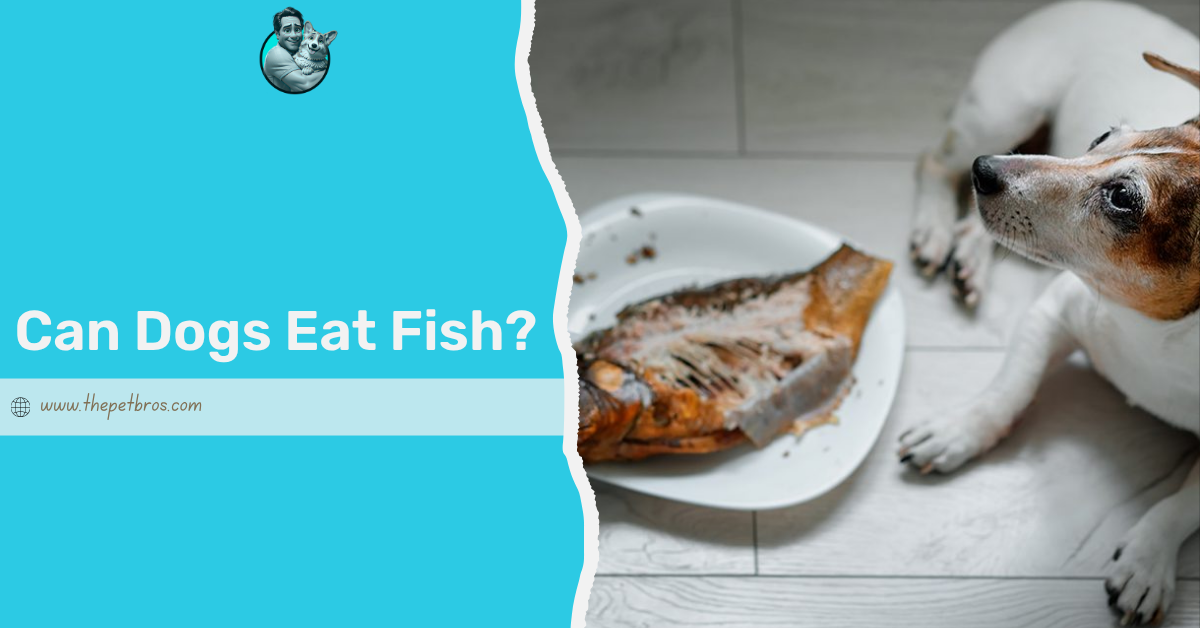If your dog could talk, they’d probably ask themselves: “Hey, can dogs eat fish, and why does yours smell so good?” It’s one of those moments every pet parent faces, especially when a curious snout appears the second seafood hits the pan. Fish seems healthy enough, but knowing what’s actually safe for your dog takes more than good intentions and a generous heart.
When cooked properly and served plain, fish can be a healthy, low-fat source of protein and omega-3 fatty acids for your dog. It’s easy to see why dogs love it: the flavour, the texture, and the promise of “just one bite.”
With the right prep, fish can easily join the list of safe human foods for dogs right alongside apples, eggs, and chicken. In this guide, we’ll break down the types of safe fish for dogs, show you how to cook them the right way, and help you steer clear of the ones better left to the ocean.
Can Dogs Eat Fish Raw?
Raw fish sounds natural for dogs, but it’s not the safest choice. Uncooked fish can carry parasites and bacteria that cause stomach upset or infection. Unless your vet specifically recommends a raw diet and provides safe, pre-frozen options, it’s better to stick with cooked fish.
If your dog has a history of sensitivities, consider allergy testing before adding new proteins like fish. It helps rule out intolerances that can show up as itchy skin or digestive issues. For most dogs, plain, cooked fish is the way to go, it’s simple, tasty, and risk-free.
8 Types of Safe Fish for Dogs
1. Salmon
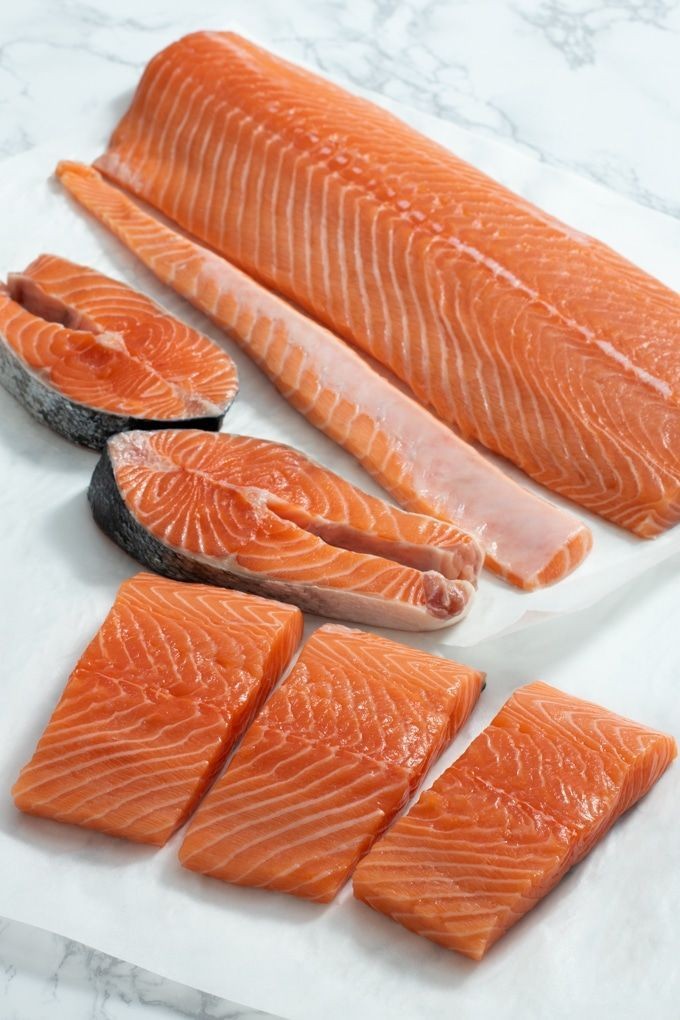
Salmon is one of the best fish you can share with your dog packed with lean protein and omega-3 fatty acids that keep their coat glossy and joints flexible. It also supports brain health and can help reduce inflammation in older dogs.
Always serve it fully cooked and plain with no oil, seasoning, or skin as raw salmon can contain parasites that make dogs seriously ill. A few small, cooked flakes mixed into your dog’s food is enough for a nutrient boost without overdoing it.
2. Whitefish

Whitefish is a gentle, easy-to-digest option that’s perfect for dogs with sensitive stomachs. It’s lean, mild in flavour, and often found in high-quality dog foods because it’s rich in protein without being too fatty.
Cook it plain, remove the bones, and serve it in small pieces. Whitefish is especially good for dogs on low-fat diets or those recovering from tummy troubles. It gives them the nutrients they need without upsetting their digestion.
3. Cod

Cod is another great choice for dogs because it’s low in fat and packed with protein. It’s especially useful for dogs that need a lighter diet or are managing weight issues. Cod also contains B vitamins and minerals like phosphorus, which help keep bones and muscles strong.
Just make sure it’s cooked through and completely deboned before serving. A few plain pieces mixed with your dog’s regular meal can add a tasty, healthy boost without overloading their system.
4. Herring
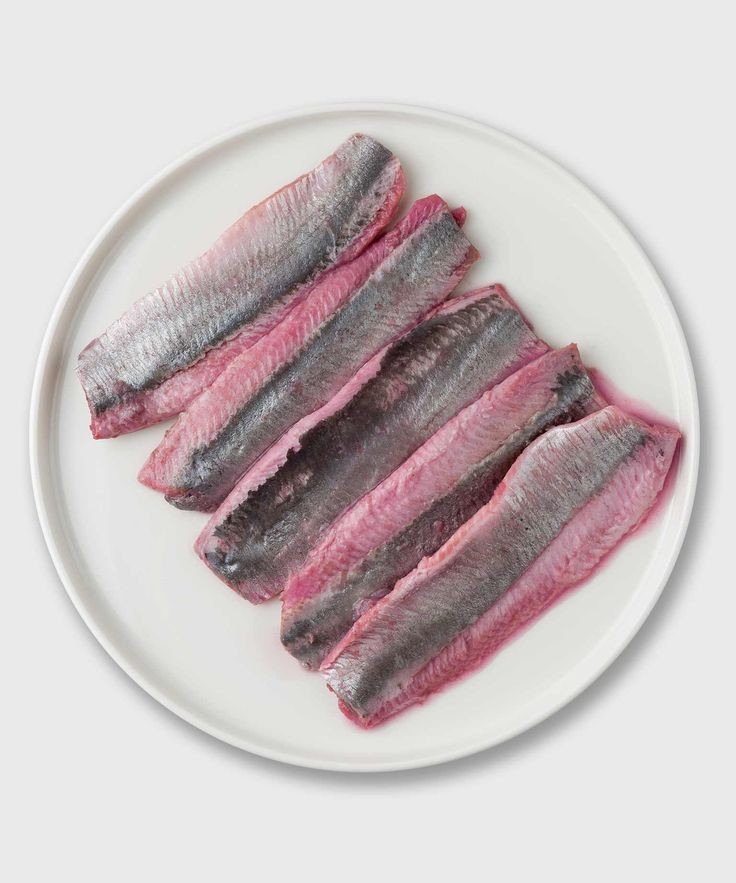
Herring might be small, but it packs a powerful nutritional punch for dogs. It’s rich in omega-3 fatty acids that support healthy skin, a shiny coat, and joint flexibility. It also contains vitamin D and selenium, which help maintain strong bones and a healthy immune system. Always serve herring cooked and plain, since raw versions can carry parasites.
5. Flounder

Flounder is a mild, low-fat fish that’s gentle on a dog’s stomach. It’s a good source of lean protein, vitamin B12, and phosphorus, which help keep muscles and bones strong. Because it’s easy to digest, flounder can be a great choice for older dogs or those recovering from illness.
Make sure the fish is cooked thoroughly and free of bones or skin before serving. A few small bites mixed into their meal can give your dog a light, healthy boost without upsetting their tummy.
6. Catfish

Catfish is a gentle, nutrient-rich fish that can be a great occasional treat for dogs. It’s high in protein and packed with omega-6 fatty acids, which help maintain skin and coat health. It also provides essential minerals like magnesium and potassium that support nerve and muscle function.
Always serve catfish cooked and unseasoned. Raw or fried catfish can cause digestive upset, so keep it simple. Boneless, baked catfish flakes mixed into your dog’s regular food are a tasty and healthy way to add variety to their diet.
7. Light Tuna (Canned in Water)
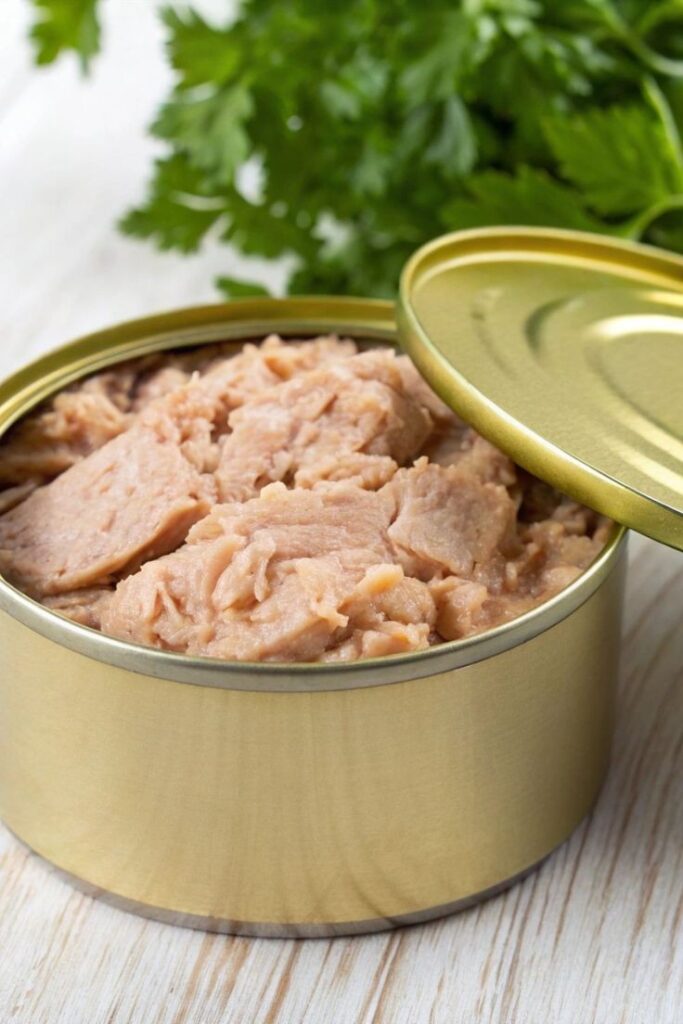
Tuna can be a healthy treat for dogs, but it should be given in moderation. It’s rich in omega-3 fatty acids that promote heart health, shiny coats, and strong joints. However, tuna also contains higher mercury levels than most other fish, especially larger species like albacore.
If you’re serving tuna, choose light tuna canned in water, not oil, and make sure it’s plain with no added salt or seasoning. Offer it only occasionally and in small portions. Too much tuna can build up mercury in your dog’s system over time, which may lead to health issues.
8. Sardines
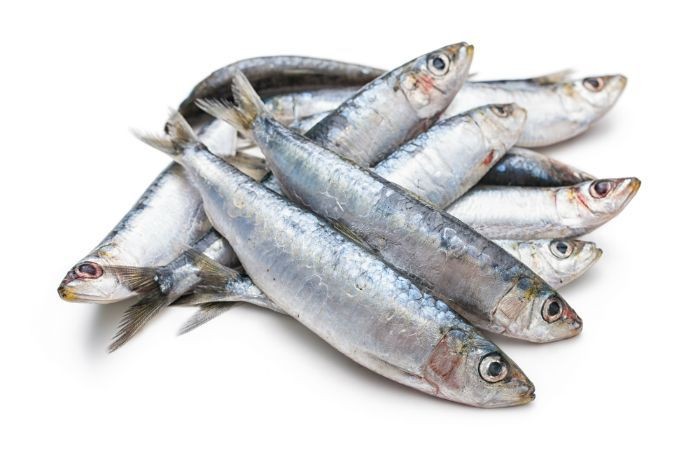
Sardines are one of the best fish you can feed your dog. They’re small, low in mercury, and loaded with omega-3 fatty acids that support brain health, and joint mobility.
Serve them plain, cooked, or canned in water. Avoid sardines packed in oil or with added salt or sauces. Because they’re naturally soft-boned, sardines are safe and easy for dogs to eat in small portions.
How Do You Prepare Fish Safely?
- Cook it thoroughly: Always cook fish all the way through to kill any parasites or bacteria. Boil, bake, or steam never fry.
- Keep it plain: No oil, butter, salt, or seasonings. Ingredients like garlic and onion are toxic to dogs, even in small amounts.
- Remove all bones and skin: Fish bones can splinter and cause choking or internal injury. Always double-check before serving.
- Watch portion sizes: Small amounts go a long way. A few cooked flakes mixed with your dog’s food is enough for a healthy boost.
- Introduce it slowly: When feeding fish for the first time, start with small servings to make sure your dog tolerates it well.
- Skip the leftovers: Store-bought or seasoned fish dishes made for humans often contain harmful additives. Keep your dog’s portion separate and simple.
- Talk to your vet if unsure: If your dog has allergies or health issues, check with your vet before adding new proteins like fish.
Now, What Type of Fish Is Not Safe for Dogs?
Whenever you want to answer the question if dogs can eat fish, know that not all fish belong in your dog’s bowl. Avoid large, predatory fish like shark, swordfish, tilefish, king mackerel, and albacore tuna; they contain higher mercury levels that can harm your dog’s nervous system over time.Raw fish should also be off the menu due to the risk of parasites, infections and bacteria, and small bones or fish skin can cause choking or stomach injury. Stick to smaller, cooked, low-mercury fish instead. A little care in choosing what goes into their dish keeps your dog healthy, happy, and safe to enjoy their next seafood treat.
Can Dogs Eat Fish? FAQs
What fish can I give my dog?
Stick to salmon, whitefish, flounder, cod, herring, and sardines; they’re safe and full of omega-3 fatty acids.
Can my dog eat cooked fish?
Yes, dogs can eat plain, cooked fish without oil, salt, or seasoning. Always remove bones first.
Which is better for dogs, chicken or fish?
Both are healthy, but fish is richer in omega-3s and easier to digest for dogs with poultry allergies.
Can I feed my dog fish every day?
Not recommended unless advised by a vet. Use fish as an occasional treat to avoid excess mercury and unbalanced nutrition.






